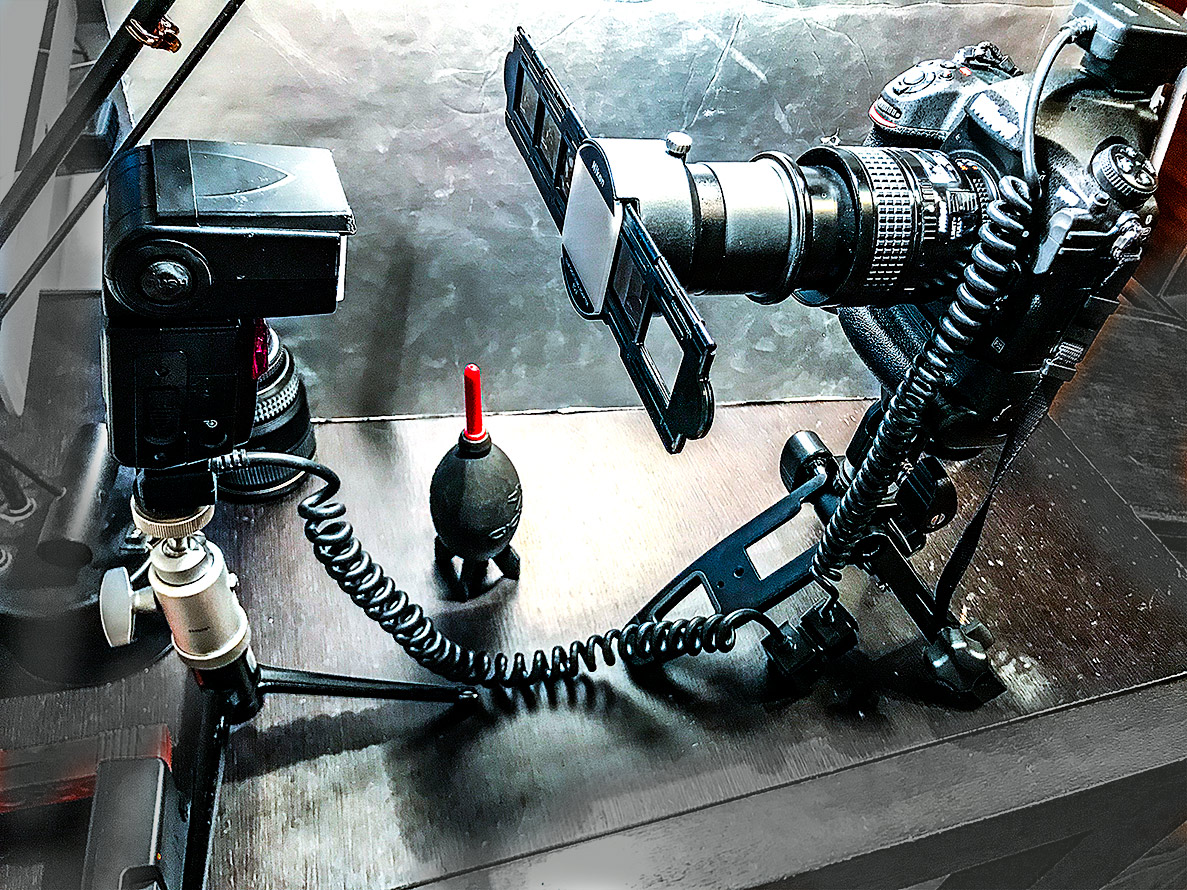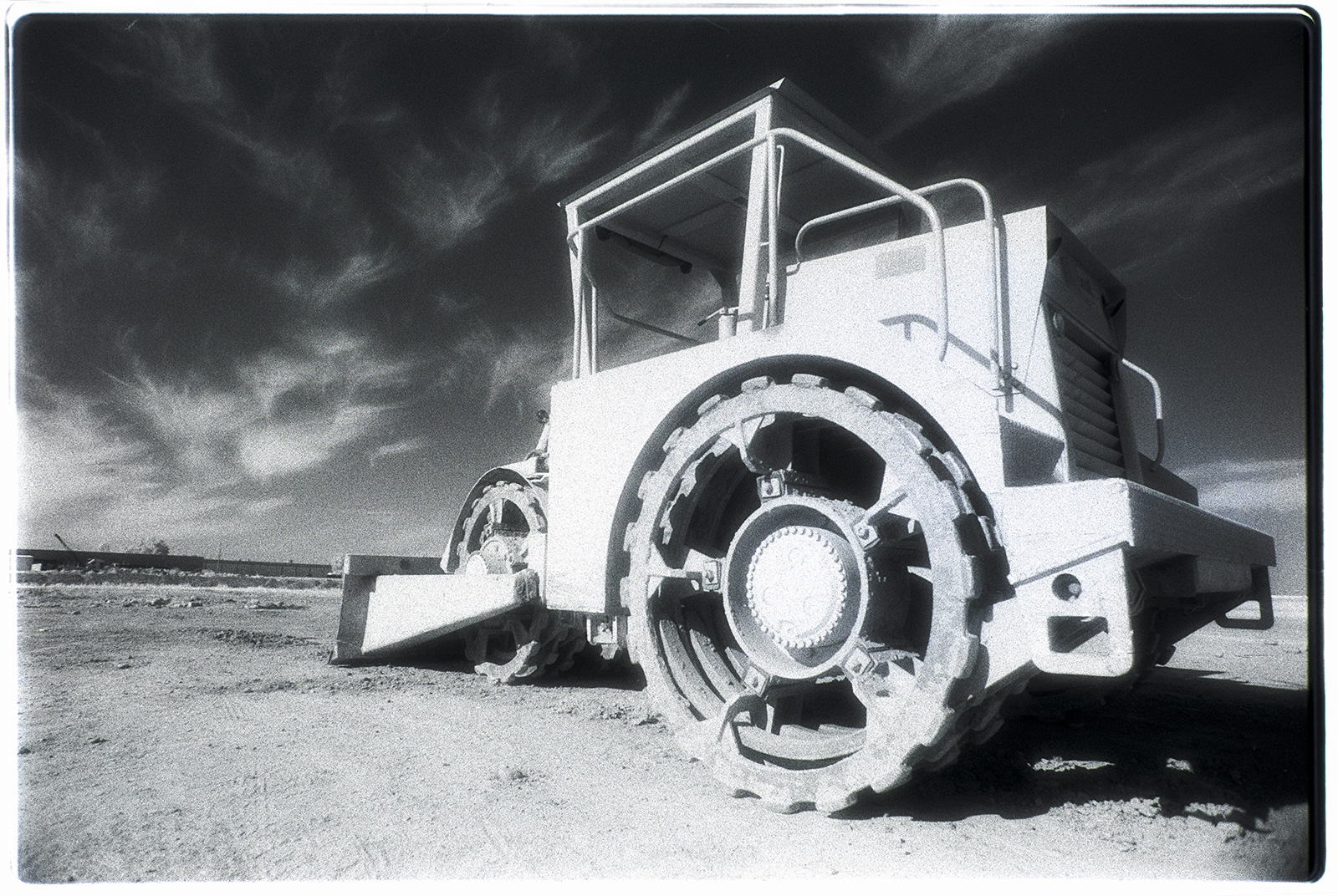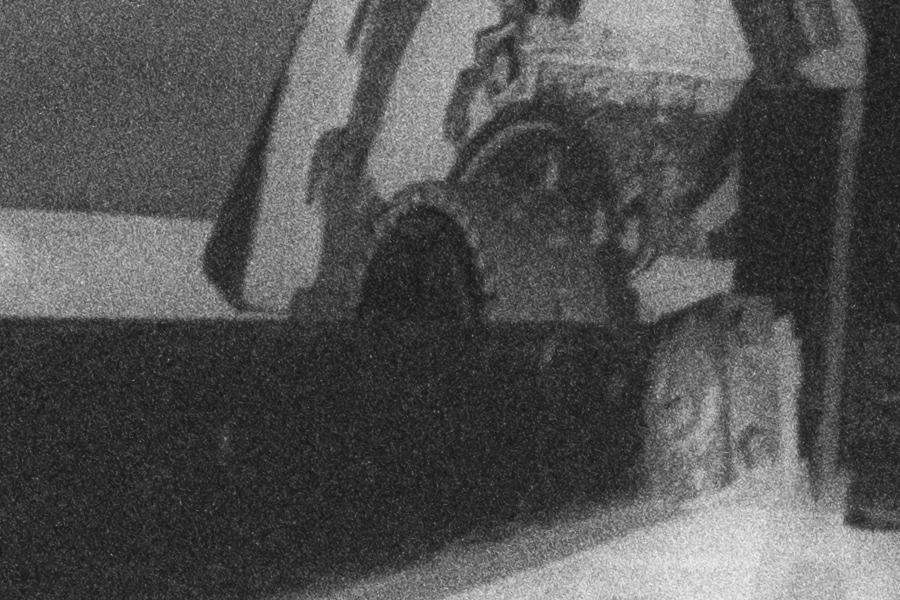olifaunt
Well-known
They say that if you've got nothing nice to say don't say anything at all...
(my drum scanner takes less space, looks much nicer and was cheaper)
What drum scanner is that?
They say that if you've got nothing nice to say don't say anything at all...
(my drum scanner takes less space, looks much nicer and was cheaper)
What drum scanner is that?
Howtek 4500.
Excellent! And all for $30!
These copier jigs do seem rather expensive and I worry about stability with the vertical arrangement. My Novoflex copy stand, flat panel light box, and home-made mask/film holder arrangement is cheaper, smaller, and more rigid; probably sets up faster (about 5 minutes). It also allows exposures at about ISO 200 @ f/8 @ 1/50 to 1/100 sec for most negatives, which helps ensure stability.
Nice to see someone building dedicated equipment for this endeavor, regardless.
G
This might be of interest to you film folk. https://www.lewiskemper.com/page/klic2copy-film-digital-copier
Never had any stability issues using my cheapo $150 new copy stand. I copy at iso 64/f11 which is about 1/2 sec. Everything is always pin sharp. I make sure to use the exposure delay mode on my camera so that the shutter fires about 3 secs after I push the button to let things settle down.
When I used a DSLR to scan film, I first had to use the Mirror Up functionality before the shutter delay. Now using mirrorless - no mirror so one less thing to deal with.
I wonder why some company just doesn't provide a film copying bundle so it's a one stop shop for users instead of re-inventing the wheel? In the bundle there would be the copy stand, light pad and a few film holders. Done.
The Digitiliza film holders are very good and the 35mm one allows for 35mm and pano, while the 120 one allows for 6x4.5, 6x6, 6x7, 6x8, 6x9.


Cue the Chinese:


I haven't got to play with one in real life, but the whole bundle (with light source and film holders) cost around $90.
Looks like these guys aren't aware of the international market yet.
I'm using the Nikon ES-2 digitizer with a Micro-Nikkor lens and a Nikon D800. And, honestly, when copying 35mm slides or negatives, I just take the rig outside on a sunny day, set the ISO and WB to automatic, the lens to f/8 and aim for a blank area of the sky. I might have to make minor color adjustments to the slides in Lightroom but the results look great to me and it's a lot less setup and expense than these contraptions.
And it is good to know that raising the negative helps. BTW how did you do that - did you make a carrier of some sort or did you already have a plastic carrier of the sort often sold with flatbed scanners for holding and scanning negatives?




